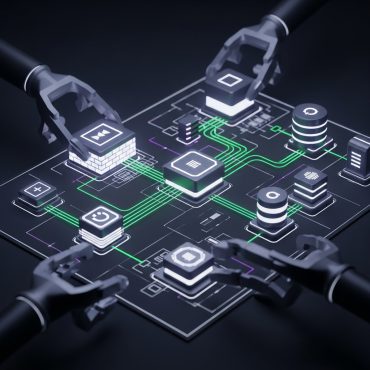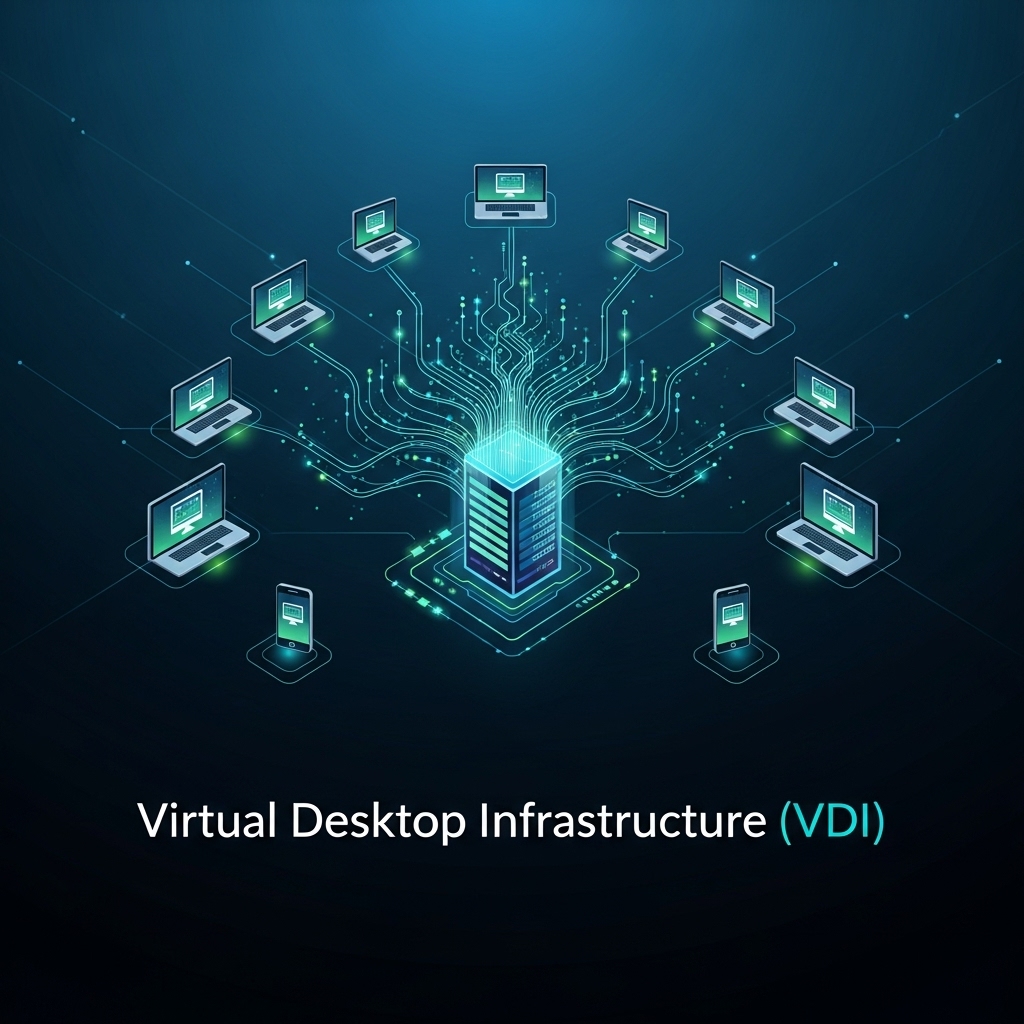What is Virtual Desktop Infrastructure (VDI)?
Virtual Desktop Infrastructure (VDI) is a virtualization technology that enables employees to securely access their desktop environments from any device and location. Instead of relying on local physical machines, users connect to virtual desktops hosted on centralized servers. This architecture enhances both flexibility and control—two essential factors in secure remote access.
From a cybersecurity standpoint, VDI significantly reduces data leakage risks, limits device-based vulnerabilities, and allows granular access control.
Core Components of VDI Architecture
• Hypervisor (Virtualization Layer): Platforms like VMware vSphere, Microsoft Hyper-V, or Citrix Hypervisor manage and host virtual machines for end users.
• Virtual Desktop Servers: These centralized servers host the virtual desktop sessions and store all user data securely.
• Client Access Devices: Desktops, laptops, tablets, or smartphones used to connect to virtual desktops.
• Connection Broker: Authenticates user sessions and assigns them to the appropriate virtual desktop instance based on policies and load balancing.
Security and Operational Benefits of VDI
• Enhanced Data Protection: Data remains on secured servers rather than endpoints, minimizing exposure. Multi-factor authentication (MFA), policy-based access control, and network isolation can be seamlessly integrated.
• Centralized Management: Software updates, patch management, and backup routines are controlled from a central location, ensuring consistency and reducing human error.
• Flexible and Secure Remote Access: Users can connect from any approved device, making remote work safer and more manageable.
• Business Continuity: With built-in backup and recovery options, organizations can quickly restore virtual desktops in the event of system failure or cyber incidents.
• Cost and Resource Optimization: Reduced dependency on high-spec endpoint hardware lowers capital and operational costs, while also saving energy.
Conclusion
VDI is a highly effective solution for organizations seeking to enhance security while enabling a mobile and scalable workforce. For industries where data protection, compliance, and operational control are critical, VDI offers a reliable and secure alternative to traditional desktop environments—provided it’s paired with a robust cybersecurity framework and ongoing threat monitoring.












